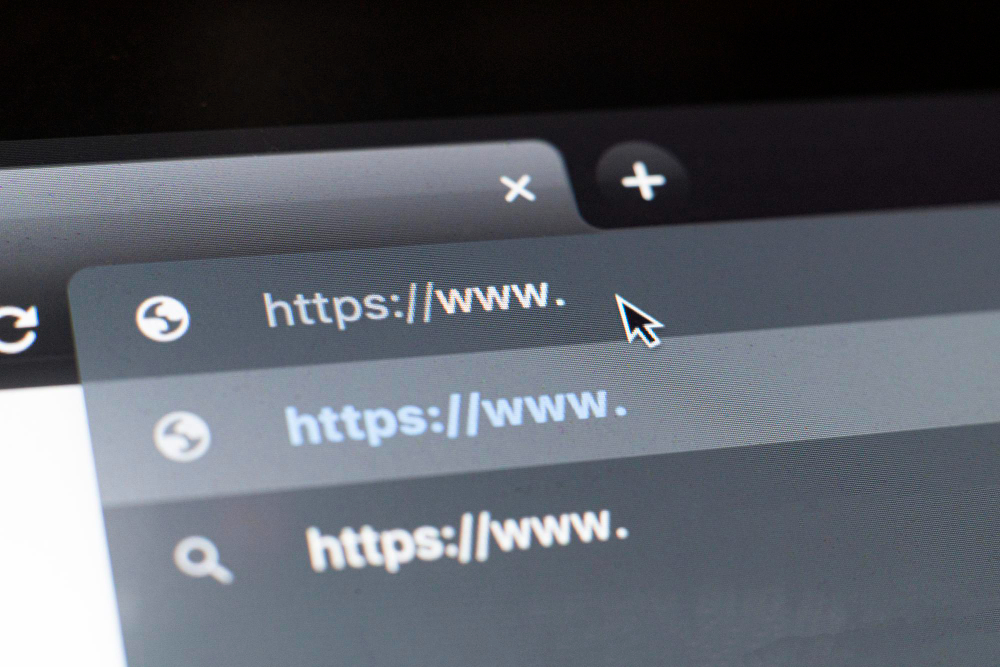
In the vast and ever-evolving landscape of digital marketing, maintaining a strong SEO (Search Engine Optimization) strategy is paramount for the visibility and success of any online presence. Amongst the myriad of techniques employed to enhance SEO, one often overlooked yet critical element is the structure and optimization of URLs. This post dives deep into the whys and hows of changing your URLs for SEO, specifically why it can be a game-changer for your website’s ranking on search engines.
The Importance of URL Structure in SEO
URLs, or Uniform Resource Locators, serve as the address for each piece of content on your website. They not just guide users to your content but also play a significant role in search engine rankings. A well-structured URL enhances user experience and search engine's ability to parse your site's content, contributing positively to your website's SEO success.
1. Enhanced User Experience
A user-friendly URL is easy to understand and remember, making it more likely for users to revisit your site or share the link on social media. Simple, descriptive URLs that clearly convey the content of the page can significantly improve the user experience.
2. Improved Search Engine Rankings
Search engines like Google place a high value on URL structure in their ranking algorithms. A clean, keyword-rich URL can provide a clear signal to search engines about the content on the page, aiding in higher rankings for those specific keywords.
3. Better Crawling and Indexing
A structured URL hierarchy allows search engines to crawl your website more effectively. By organizing your content and corresponding URLs logically, you help search engine bots understand your site's architecture, leading to more efficient indexing.
When to Consider Changing Your URLs
Changing your website’s URLs is not a task to be taken lightly. However, certain situations warrant this action to align with best SEO practices:
- Rebranding or Website Overhaul
Significant changes in your brand identity or a complete website redesign can necessitate URL updates to reflect new content directions or naming conventions. - Poor URL Structure
If your current URLs are non-descriptive, use irrelevant parameters, or fail to include keywords, revamping them can boost SEO performance. - Merging Content
When combining two related pieces of content into a more comprehensive resource, updating the URL to match the broader topic can improve relevance and search rankings. - Switching to HTTPS
Migrating from HTTP to HTTPS for a secure connection is an essential update that also involves changing URLs.
How to Properly Change Your URLs for SEO
Changing URLs requires a strategic approach to avoid losing your current search engine rankings and ensure a smooth transition:
1. Plan Your New URL Structure
Start with keyword research to identify keywords that should be included in your URLs. Map out a clear, logical structure for your site that reflects your content hierarchy.
2. Implement 301 Redirects
When changing a URL, it's critical to set up a 301 redirect from the old URL to the new one. This tells search engines and browsers that the page has permanently moved, transferring over ranking power and ensuring visitors don’t hit dead ends.
3. Update Internal Links
Ensure all internal links within your site are updated to reflect the new URLs to maintain link equity and provide a seamless navigation experience for your users.
4. Inform Google of the Changes
Use tools like Google Search Console to submit your new sitemap and communicate your site changes directly to Google. This can expedite the re-crawling and indexing process.
5. Monitor Traffic and Rankings
After implementing URL changes, closely monitor your site’s traffic and search rankings to identify any issues early. Keep an eye out for errors in Google Search Console and adjust as necessary.
Partner with a Professional SEO Company
While changing URLs for SEO can vastly enhance your digital marketing efforts, it's a process filled with intricacies that require professional expertise. Partnering with a top-tier SEO company like REK Marketing & Design can ensure that this task, along with your broader SEO strategy, is handled with precision and care. Our team of experts can help optimize your site’s structure, content, and URLs, driving improved search engine rankings and online visibility.
If you're looking to elevate your SEO game and ensure that every aspect of your website, including URLs, is optimized for the highest search engine performance, contact us today. Allow REK Marketing & Design to lead your SEO efforts and guide your business toward unprecedented online success.
In conclusion, changing your URLs with a strategic approach can significantly benefit your SEO outcomes. It’s an effort that requires careful planning, execution, and monitoring, ideally with the expertise of a seasoned SEO company. Take the necessary steps today to refine your URL structure, and watch as your digital presence and search rankings soar to new heights.